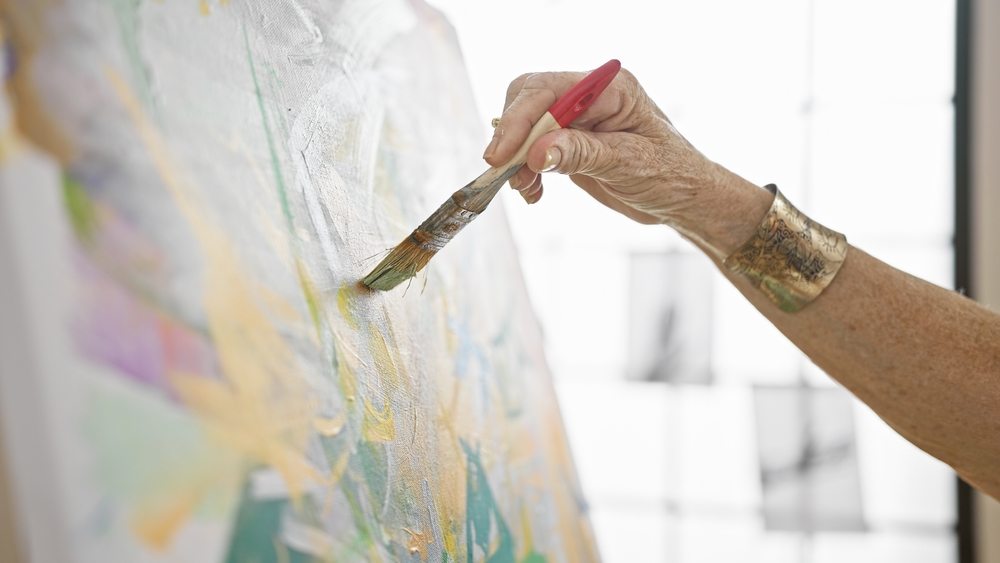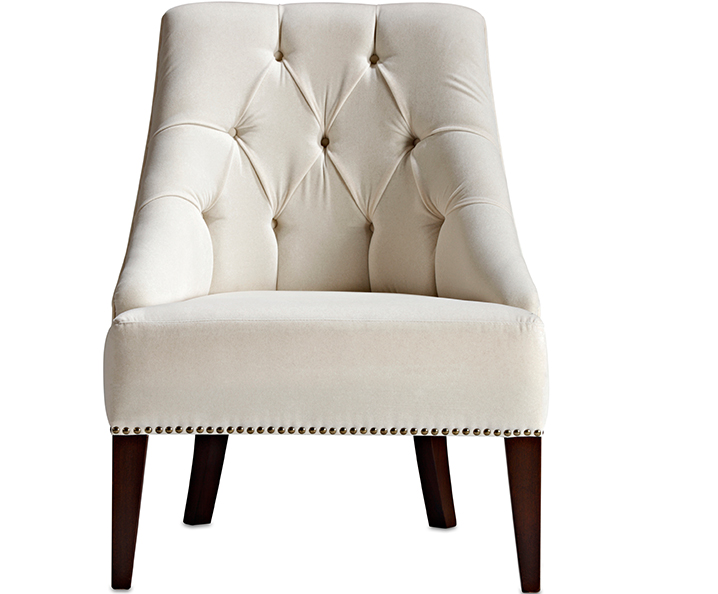At Westminster St. Augustine, we understand the challenges those with memory loss face when it comes to engagement and quality of life. Finding activities that stimulate the mind, encourage social interaction, and boost overall wellbeing can be difficult, especially for seniors with Alzheimer’s, dementia, and other cognitive issues. However, the arts have proven to provide significant therapeutic benefits for those living in St. Augustine memory care communities.
Creative pursuits ranging from painting to poetry, music to dance can greatly enhance physical, emotional, and cognitive health. The sensory nature of hands-on art making activates parts of the brain in unique ways, allowing those with memory disorders to unlock self-expression. Furthermore, group creative sessions facilitate social bonds and peer support at a time when community is vital.
As a continuing care retirement community (CCRC) serving St. Augustine area seniors, we witness these therapeutic effects firsthand. The joy and sense of accomplishment residents experience while crafting art, no matter their level of ability, is truly inspiring. We’d like to share some research-backed reasons why art therapy should be integral for memory care.
Art Boosts Motor Skills and Cognitive Function
Artistic activities like painting, drawing, sewing, and woodworking exercise fine motor control in impactful ways. The meticulous hand and eye coordination needed for these creative pursuits helps maintain dexterity and flexibility. This is key for performing tasks of daily living as we age. What’s more, utilizing both sides of the brain stimulates neural pathways, boosting cognitive function despite dementia or Alzheimer’s.
Art Fosters Emotional Wellness and Self-Esteem
Beyond physical gains, artistic endeavors provide incredible therapy for one’s mood and emotional state. The act of creating, whether following step-by-step direction or allowing free form inspiration, enables a powerful release of feelings. Using art as an outlet gives seniors struggling with communication issues due to dementia or Alzheimer’s disease a much needed voice.
Difficult emotions like grief, fear, and frustration can take form through paint strokes, choice of colors, textures of clay, or lyrical poetry. This liberates bottled up sentiments in constructive ways, preventing isolation. What’s more, displaying finished art generates immense pride and bolsters self-confidence for memory care residents. When memory fails, artistic identity offers reassurance of one’s self worth.
Art Facilitates Meaningful Engagement and Social Bonds
Finding activities suited for varying cognitive levels is one of the biggest challenges memory care communities face when devising engagement programming. However, art transcends physical and mental limitations in ways few other therapies can. Participants, regardless of their degree of memory loss, take part in collective creative action according to their individual pace and ability.
Sessions often begin with recognizable themes, such as seasons, holidays, local culture, resident histories, etc. This fosters shared connections and conversations even for those struggling with expression. Visual, musical, and language art forms get memories flowing and relationships interweaving. Laughter fills the rooms as brush strokes bring joyful purpose. Not only does art unite residents, display of completed works enables family bonds too. Loved ones beam seeing the pieces made just for them by their loved one’s hand.
Art Promotes Reminiscence and Preserves Memories
Art therapy taps into long term memories and nostalgia in profoundly touching ways. Certain songs, familiar landscapes, cultural symbols, even scents through ceramics glazing kindle remembrance from decades past. Opening this vault fires up senses and cognition for those with dementia in miraculous fashion.
Suddenly, a tune from the 1940s has seniors dancing as if no limitations exist. Sharing these sparks across patients at varying stages fosters peer support and community. Even when the moment passes and confusion returns, something special happened. Moreover, the art left behind preserves that memory and sense of self. Family members who visit delight seeing this tangible prompt of their loved one’s personality.
Art Allows Safe Risk Taking and Freedom
For memory care residents who feel increased dependence and lack of control in daily functioning, art making grants much needed autonomy. Creative action allows safe risk taking without fear of mistakes amid cognitive decline. There are no wrong strokes, off key notes, or diction errors when it comes to expression. Patients tend to feel more at ease exploring art materials, musical instruments, dance movements knowing limitations exist free from judgement.
Especially for those in more advanced dementia stages who lack recent memories entirely, creative therapy offers cognitive stimulation combined with new positive sensations. Instead of failing at missing recollections, participants succeed through color play, textural clay manipulations, rhythm and melody. This instills pride and self assurance during memory loss.
Art Boosts Overall Physical Health and Longevity
While the mental, emotional, and social perks of art therapy for memory care patients appear obvious, several studies reveal physical health gains too. The visual arts in particular improve dexterity, range of motion, muscular control, and coordination. Movement required while producing artwork strengthens core muscles, arms, hands, and shoulders. What’s more, standing to paint large canvases or complete sculpture engages leg and back muscles preventing stiffness.
Dance therapy adds cardiovascular benefits through rhythmic steps and patterns. Charged memories attached to beloved music motivate residents to get moving while increasing blood flow oxygenation. For those in wheelchairs, seated dance therapy improves respiration, digestion, balance, and spatial awareness. This all helps aging bodies and brains stay healthier longer.
Memory Care at Westminster St. Augustine
At Westminster St. Augustine, our team incorporates art into assisted living and memory care residential offerings. Residents can paint alongside neighbors at communal easels displaying their latest still lifes. Out their windows, lush tropical vistas from our St. Augustine campus inform palette choices. The textures of fiber crafts like knitting, crochet, embroidery, and quilting keep their hands dexterous. Even garden walks on our lavish grounds spur imaginative observations put to paper or canvas.
We encourage loved ones to join their family member’s next art session while visiting our St. Augustine retirement community too. Watching your loved one bring vision to life colors new bonds and understandings.
Thrive with Purposeful Living at Westminster St. Augustine
Our onsite amenities, diverse engagement options, and cutting edge memory care approach aim to help St. Augustine area seniors thrive. We desire residents to live each day with purpose, dignity, and community no matter their physical or cognitive health. Art therapy is just one of the ways we ignite passion and grant freedom to thrive. To learn more about Westminster St. Augustine’s signature senior living lifestyle in Florida, contact us today.






